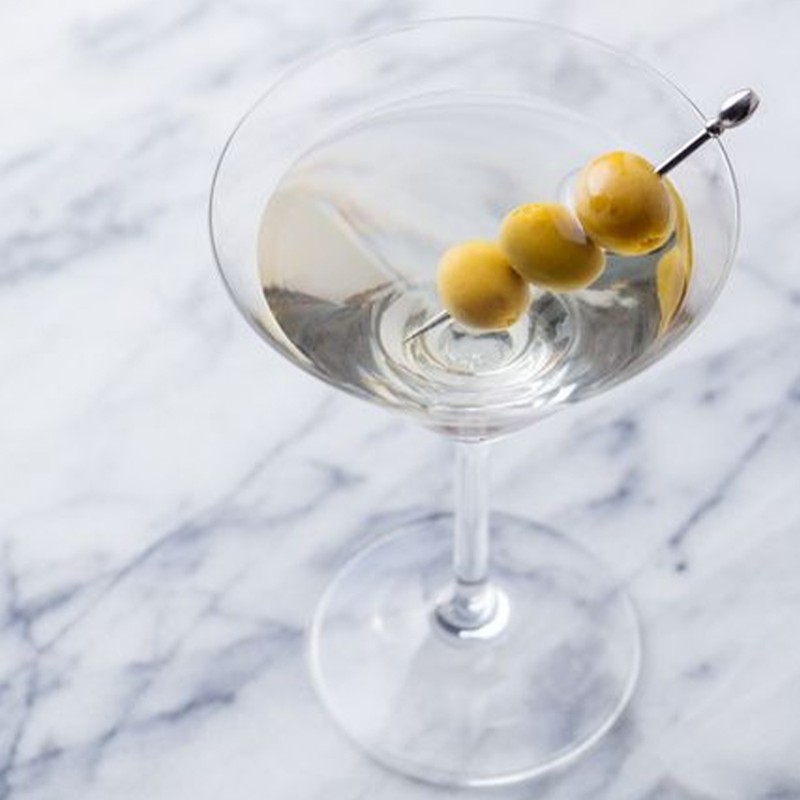How To Make The Ultimate Martini
THE GIN PRO: Oliver Morris, Cotswolds Distillery
What does a martini mean for you?
A martini always makes me think of a quote by Leonardo da Vinci: “Simplicity is the ultimate sophistication.” A martini offers both, and rests on the quality of its ingredients and the skill with which it’s made.
Where did you discover it?
In my early 20s, my career took me to London and I discovered the Dukes Bar in Mayfair, where I didn’t just drink a martini but experienced how personal a cocktail can be. As a bartender, it’s one of the only cocktails where you ask your guests how they’d like you to create it.
What makes the difference between a good martini and a great martini?
The quality of the gin and the method.
Which ingredients do you use in yours?
Cotswolds Dry Gin, of course, which offers juniper spice and is bursting with oily citrus and floral aromatics. I’ve always used good-quality vermouth or French aperitif, but I’ve recently discovered Schofield’s, an incredible English dry vermouth made by Asterley Bros. Its gentle aromatic flavours complement the botanicals in our gin.
Any secret tips?
Watch out for the amount of dilution you create with the stirring technique and how you alter the temperature of the cocktail. Keep your vermouth in the fridge and your cocktail glass in the freezer. Chilling the equipment helps the martini to be as cold as possible when stirring down the cocktail instead of shaking.
How do you serve it?
Traditionally, in a chilled martini or coupe glass.
OLIVER’S ULTIMATE MARTINI
INGREDIENTS
- 75ml of Cotswolds Dry gin
- 15ml of Schofield’s Dry vermouth
- Grapefruit peel, to garnish
METHOD
- Fill a martini glass and a cocktail jar glass with ice.
- Add the gin and vermouth to the cocktail jar.
- Stir down the martini 22 times – stirring chills the cocktail and marries the gin and vermouth together. For more dilution, keep stirring.
- Pour the ice out of the martini glass.
- Strain the martini from the cocktail jar into the martini glass using a julep strainer and a fine strainer.
- Garnish with grapefruit peel and enjoy.
Visit CotswoldsDistillery.com
THE VERMOUTH PRO: Giorgio Bava, Cocchi
What does a martini mean for you?
A martini cocktail can be the start or the end of a great evening. Sometimes it’s an energiser to keep the party going, but it can also be the warming, calming ‘last one’ before jumping in a cab home. It’s a powerful cocktail that never goes unnoticed.
Where did you discover it?
At the Savoy, when the American Bar’s head bartender at the time, Erik Lorincz, convinced my father to produce a unique dry vermouth for the signature ‘Savoy Martini’.
What makes difference between a good martini and a great martini?
High-quality ingredients and temperature. Since you’re using a higher proportion of it, the gin (or vodka) must be excellent, but never underestimate the role of vermouth, especially if mixed with vodka, which will make its quality even more visible. I also believe that temperature makes a great difference – who likes a warm cup of white spirit?
Which ingredients do you use in yours?
At Cocchi, we spent more than two years developing the Cocchi Savoy Dry Vermouth, and I love it. It’s a deep and complex product, with intense floral notes and a pleasant Alpine herb freshness. I’m also partial to the historical and niche Chazalettes & Co Extra Dry Vermouth, for its mineral and citrusy body. For the spirits, I tend to choose the purity and mouthfeel of Beluga Noble Russian Vodka or the juniper notes of Boatyard Double Gin.
Do you tend to go gin or vodka?
Usually I go gin – I can’t say no to the botanical notes of a very wet gin martini. But I find great pleasure in a vodka martini when all the ingredients are extremely high quality.
Any secret tips?
Get a better vermouth and use more of it. It will make the martini richer and more flavoursome – and slightly lower the ABV, so you can have a couple more…
How do you serve it?
I like to stir my martini, and serve half of it in a small, chilled coupette, and keep the other half in a small bottle in the freezer or an ice bucket. I always love it as cold as possible. My garnish of choice is a lemon peel, ideally from unwaxed Amalfi lemons. Refreshing and intense.
When do you tend to drink one?
I tend to order a martini in the late evening, usually in winter, while chatting with friends in a wood-panelled bar.
GIORGIO’S ULTIMATE MARTINI
This is an ‘improved’ martini, with a touch of sweetness to round out the flavours. Bitters adds a kick of hop bitterness and revs up the citrus aromas of the gin. And a spot of absinthe is always an improver.
INGREDIENTS
- 2oz of Fifty Pounds gin
- ¾ oz of dry vermouth
- ¼ oz of Cocchi Americano
- 3 drops of Bittermens Hopped Grapefruit Bitters
- A spray of absinthe
METHOD
- Spray your glass (or rinse) with absinthe.
- Stir remaining ingredients and strain.
- Express grapefruit zest over the top.
Visit Cocchi.com
THE VODKA PRO: Jan Woroniecki, Kavka Vodka
What does a martini mean for you?
It’s a luxurious treat, from the anticipation – the simple aesthetic of the frozen glass with the sliver of yellow hidden behind the frosting – to the first taste and the dropping of one’s shoulders.
Where did you discover it?
I think the first time I really understood what a martini was all about was at the Four Seasons hotel in New York, many years ago. It was a revelation and I would make a pilgrimage there every time I was in the city.
What makes the difference between a good martini and a great martini?
As with all things that are inherently simple, it is very difficult to go from good to great. A martini is not just about the liquid but about the whole experience. The drink has to be perfect, but there are other factors. For example, the environment has to right – a classic hotel bar is perhaps the best. The glass is crucial: not too big and without any frippery. The service has to be old fashioned and professional. Finally, the company: there is a wonderful conspiratorial bubble when there are two of you having martinis – for the first time or the hundredth.
Which ingredients do you use in yours?
Kavka vodka from the deep-freeze. I am obviously biased, but Kavka has a complexity that other vodkas just don’t have. The small amount of pot-stilled fruit spirits we use in the blend makes the flavour profile change subtly as the martini warms up. There is an overall smoothness, but you get the sharp apple notes when very cold and then the earthy plum starts coming through. There are many good vermouths, but I like Cocchi Americano and then Amalfi lemons if you can find them. I don't know if you can really tell the difference, but it's all part of making something simple perfect.
Any secret tips?
Generosity in this case is counter-productive – keep your serving size small or you’ll end up with a warm puddle at the bottom of your glass.
How do you serve it?
I am one of those that likes everything very cold. I love the vodka and glass to come from the deep-freeze, quite dry and with a twist of lemon.
When do you tend to drink one?
These days it's a rare treat. I try not to have more than one as the joy of the first cannot be replicated, but I often succumb.
JAN’S ULTIMATE MARTINI
INGREDIENTS
- 100ml of Kavka vodka
- Spray of Cocchi Americano
- Lemon zest
METHOD
- Ensure the vodka comes from the deep-freeze.
- Serve the vodka in a chilled martini glass, spray the vermouth and enjoy.
Visit KavkaVodka.com
And here are all of the bottles you need…
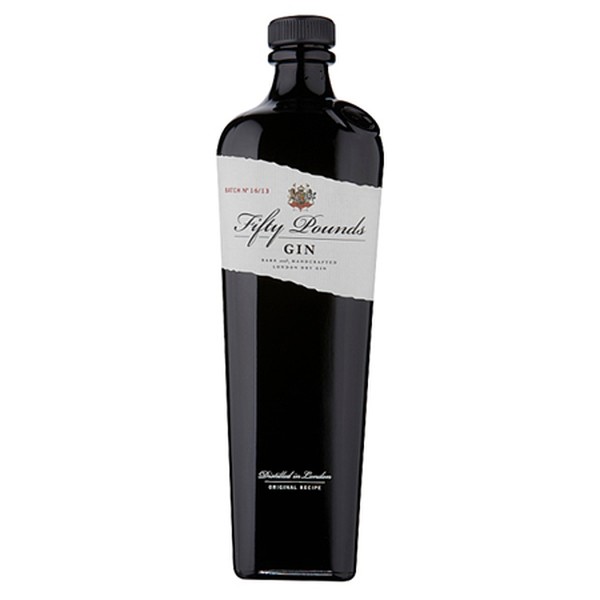
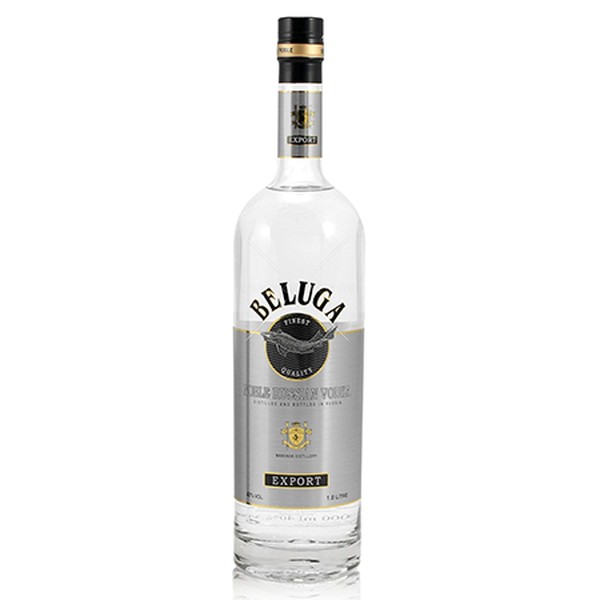
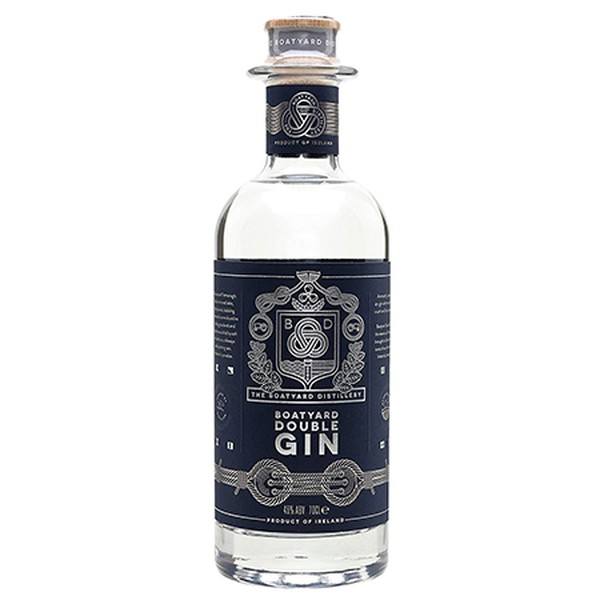
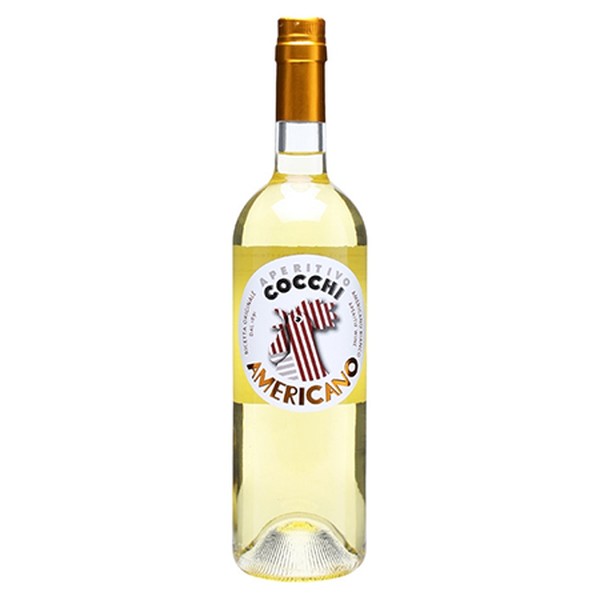
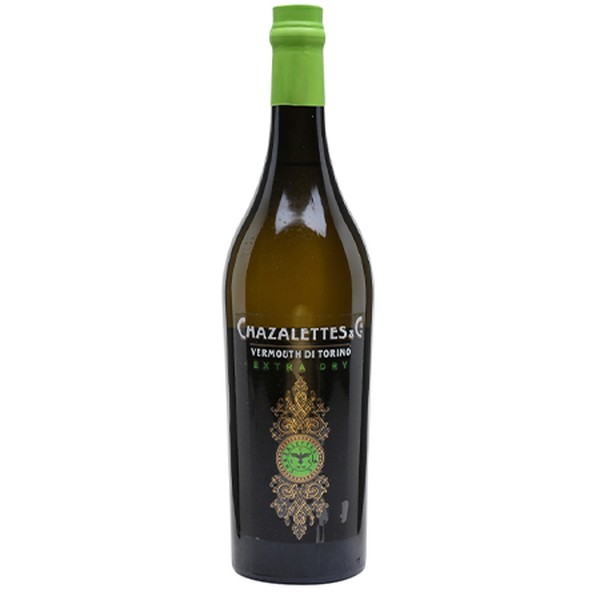
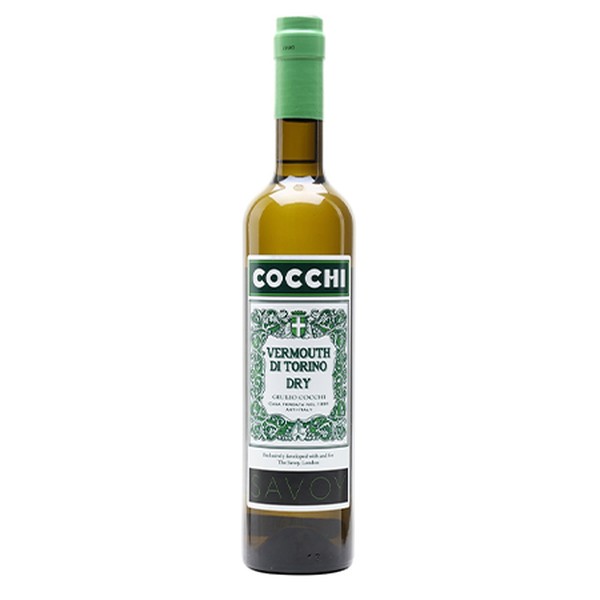
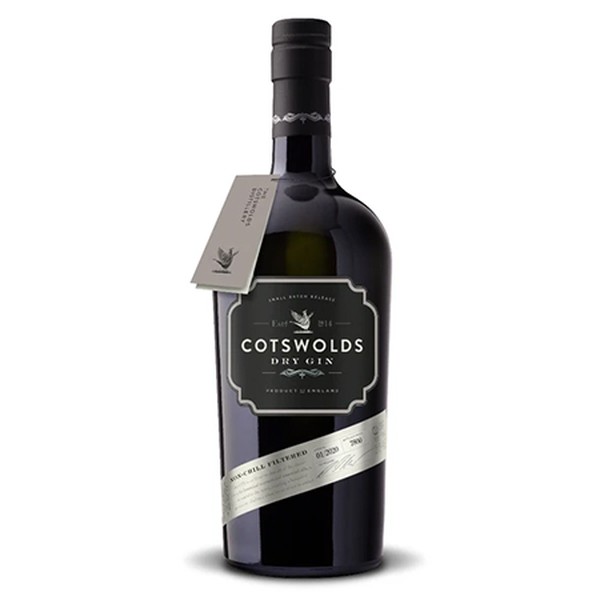
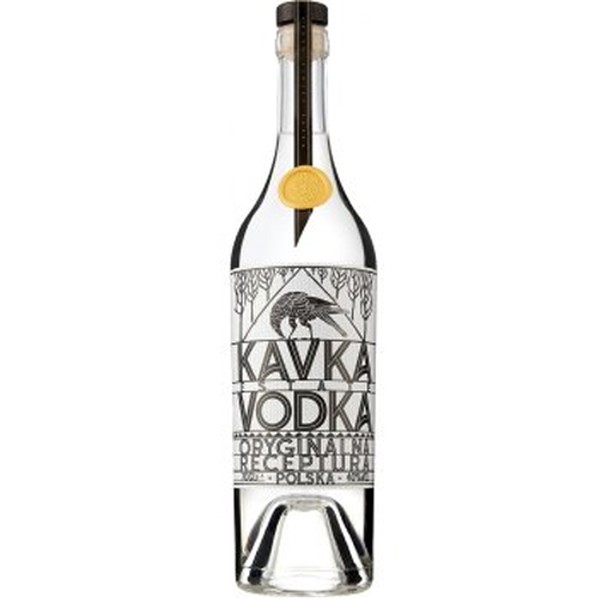
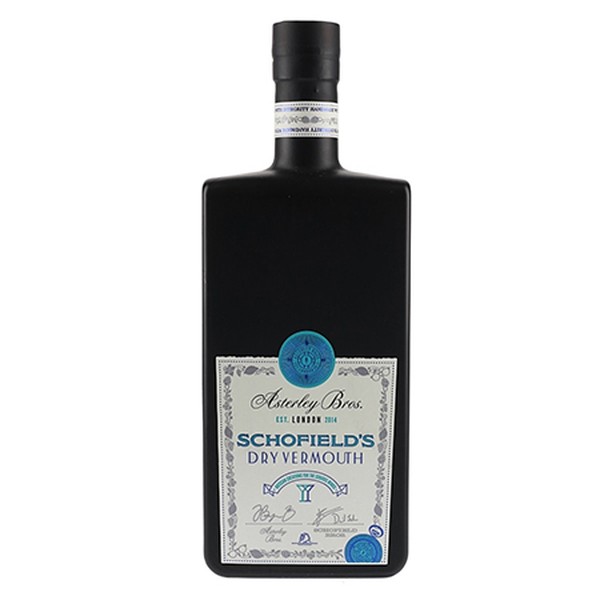
DISCLAIMER: We endeavour to always credit the correct original source of every image we use. If you think a credit may be incorrect, please contact us at [email protected].
